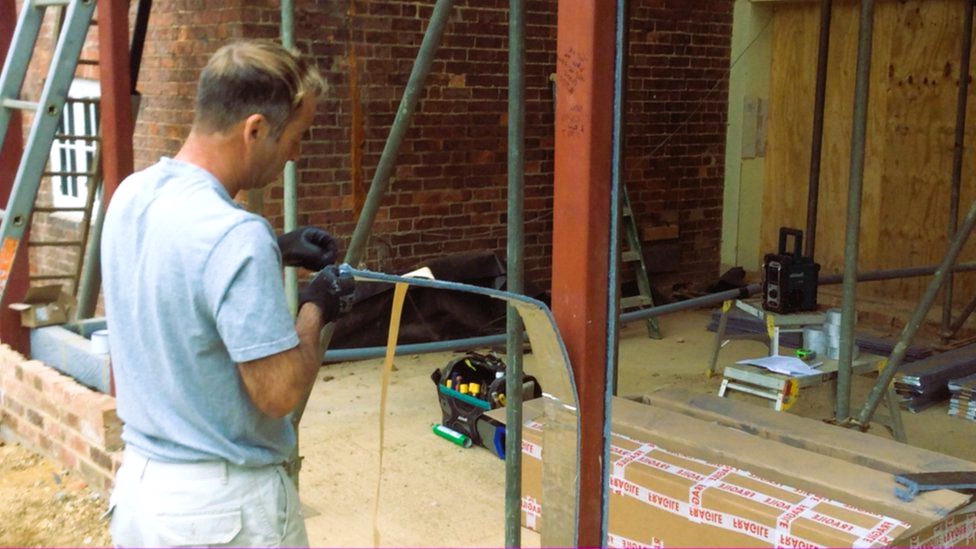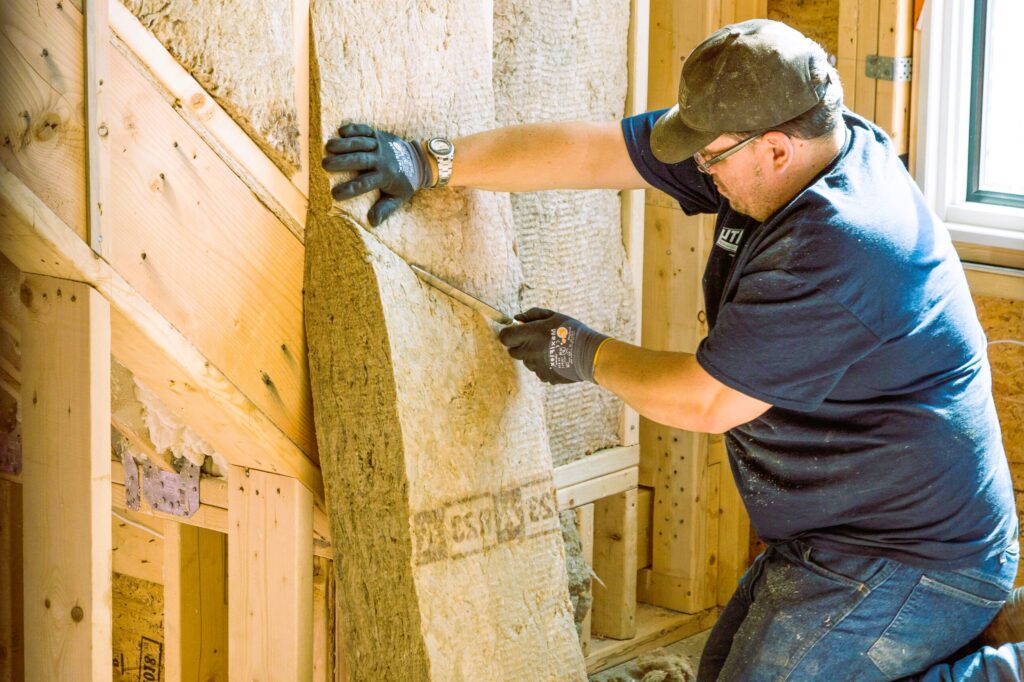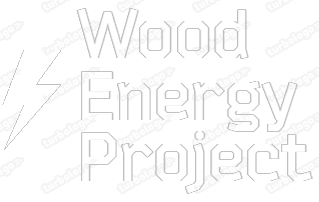Insulating your home is a smart investment that can lead to significant energy savings and improved comfort. However, the cost of insulation materials can sometimes be a concern for homeowners. The good news is that there are affordable insulation options available that provide excellent thermal performance without breaking the bank. In this article, we will explore some of the affordable insulation materials suitable for Canadian homes, helping you make informed decisions about cost-effective insulation solutions.
- Fiberglass Insulation
Fiberglass insulation is one of the most commonly used and cost-effective insulation materials. It is made of tiny glass fibers that trap air, creating a thermal barrier. Fiberglass insulation comes in batts, rolls, or loose-fill forms, making it versatile and easy to install. It provides good thermal resistance and effectively reduces heat transfer. Fiberglass insulation is relatively affordable and widely available, making it a popular choice for budget-conscious homeowners.
- Cellulose Insulation
Cellulose insulation is another affordable option for insulating your home. It is made from recycled paper treated with fire-retardant chemicals. Cellulose insulation is available in loose-fill form, which can be blown into walls, attics, and other cavities. It has excellent thermal performance and can effectively reduce heat transfer. Cellulose insulation is environmentally friendly, as it is made from recycled materials, and it is cost-effective, making it an attractive choice for those on a budget.

- Mineral Wool Insulation
Mineral wool insulation, also known as rock wool or slag wool, is a cost-effective option that offers excellent thermal properties. It is made from minerals such as basalt or slag, which are melted and spun into fibers. Mineral wool insulation comes in batts or loose-fill form and provides good fire resistance and sound absorption in addition to thermal insulation. While it may be slightly more expensive than fiberglass or cellulose insulation, mineral wool offers long-term durability and energy efficiency benefits.
- Spray Foam Insulation
While spray foam insulation may have a higher upfront cost compared to other materials, it offers exceptional energy efficiency and long-term cost savings. Spray foam insulation is applied as a liquid that expands and hardens, creating an airtight seal. It provides superior insulation by filling gaps, cracks, and hard-to-reach areas. Spray foam insulation offers excellent thermal performance, effectively reducing heat loss and improving energy efficiency. Although it may require professional installation, the long-term energy savings make it a worthwhile investment.
- Reflective Foil Insulation
Reflective foil insulation, also known as radiant barrier insulation, is an affordable option that reflects heat rather than absorbing it. It is typically installed in attics, roofs, or crawl spaces. Reflective foil insulation consists of a layer of aluminum foil laminated to a layer of plastic bubble wrap or foam board. It helps to reduce radiant heat transfer, keeping your home cooler in the summer and warmer in the winter. Reflective foil insulation is cost-effective and easy to install, making it a viable choice for budget-conscious homeowners.
- Rigid Foam Insulation
Rigid foam insulation, also known as expanded polystyrene (EPS) or extruded polystyrene (XPS) insulation, offers excellent thermal resistance and moisture resistance. It comes in rigid panels or boards and is commonly used in walls, roofs, and foundations. Rigid foam insulation provides a continuous insulation layer, reducing heat transfer and improving energy efficiency. While it may have a slightly higher upfront cost compared to other materials, its durability and long-term energy savings make it a cost-effective choice. Insulating Attics: A Wise Investment for Energy Efficiency.
- DIY Options

In addition to the aforementioned insulation materials, there are also DIY options available for budget-conscious homeowners. These include materials such as weather stripping, door sweeps, and window insulation kits. These affordable solutions help to seal air leaks and improve energy efficiency in specific areas of your home. While they may not provide the same level of insulation as traditional materials, they can still make a noticeable difference in reducing heat loss and improving comfort.
Conclusion
Insulating your home doesn’t have to be a costly endeavor. There are several affordable insulation materials available that offer excellent thermal performance and energy efficiency. Fiberglass insulation, cellulose insulation, mineral wool insulation, spray foam insulation, reflective foil insulation, and rigid foam insulation are all viable options for budget-conscious homeowners. Additionally, DIY options such as weather stripping and window insulation kits provide cost-effective solutions for improving energy efficiency. By choosing affordable insulation materials, you can create a more comfortable and energy-efficient home without straining your budget. Invest in insulation today and enjoy the long-term savings and benefits it brings.

